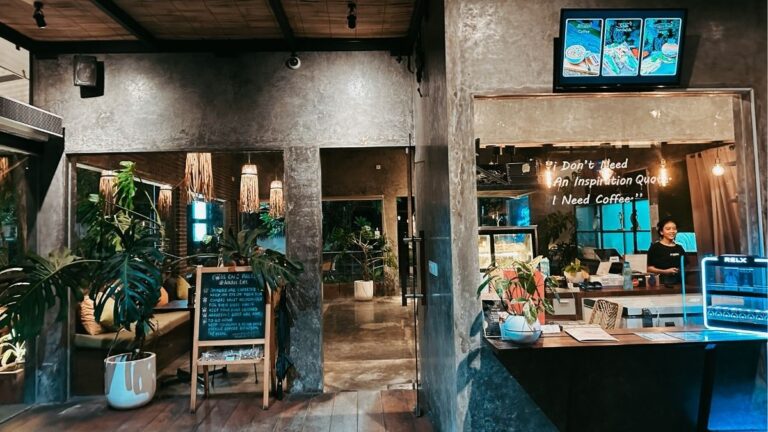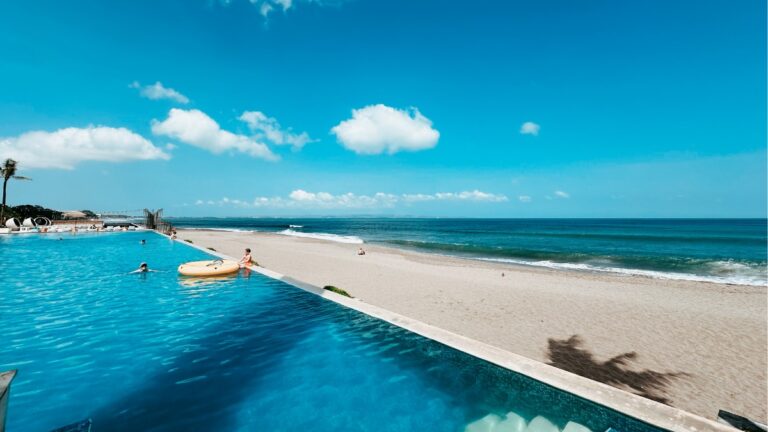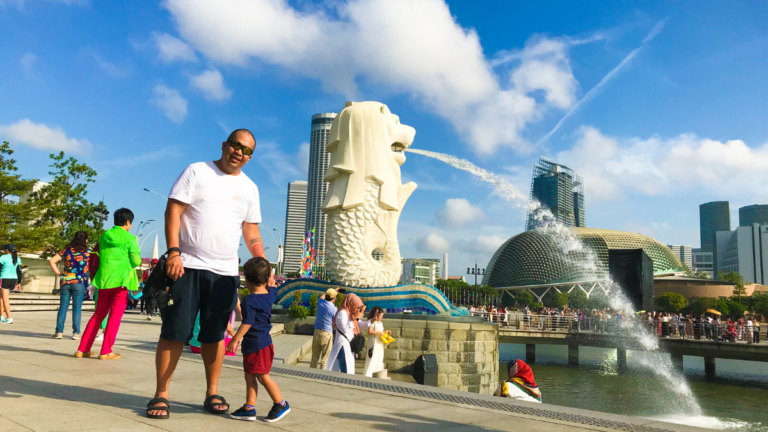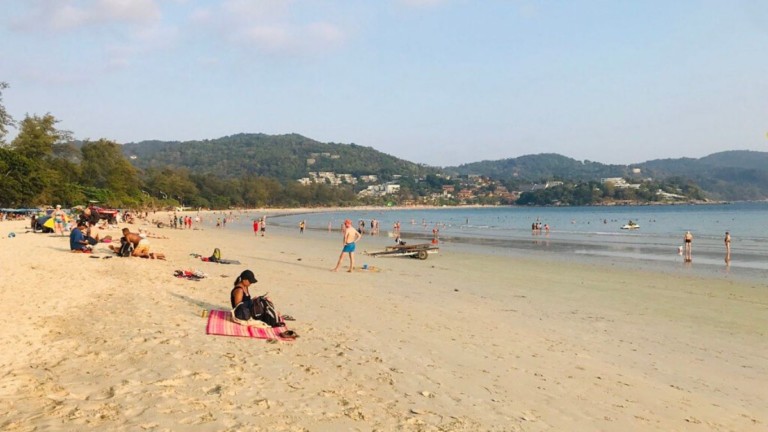How We Do Long-Term Travel with Kids
We always get asked, “How do you manage long-term travel with kids?” For us, long-term travel means staying in one place or hopping between destinations for several weeks to a few months at a time, not just a quick weekend or week-long trip. It’s slow, intentional, and built around our kids’ school breaks and our work flexibility.
A family of five (plus Lola!) traveling for weeks at a time? Hindi ba mahal? Stressful? Magulo? Short answer: Yes, sometimes. But the long answer? It’s all worth it. Every. Single. Time.

In 2024, we packed up and spent one month in Bali, one week in Kuala Lumpur, and two weeks in Hanoi. That’s almost two months of long-term travel with kids. And if we’re being honest, what we spent on that entire trip could’ve bought us a brand-new APV. But no regrets, because what did we get in return? Time together, slow days, new adventures, and memories we’ll talk about for years! Lagi nga sinasabi ni Rowjie that we’re investing in our kids’ core memories.
And we’re doing it again! This 2025, we’re spending five weeks in Boracay for our annual school break. Yes, five! And yes, with all the kids, and Lola too!
Our Long-Term Travel with Kids Guide
Here’s our honest approach to extended family trips that don’t break the bank (or our sanity).
We work remotely and plan smartly. I’m lucky to have a full-time remote job with unlimited paid time off. That flexibility lets us travel during school breaks without affecting my work life. My husband has a more traditional setup, but his job allows for some flexibility. He plans his limited PTO wisely around our family travel calendar. Sometimes, yes, we work on the road. Meetings by the beach. Emails from a café. It’s not always perfect, but it works.
We get that not everyone can work from a beachside café. If your job doesn’t offer remote work or flexible PTO, consider timing your long-term trips around school breaks, holidays, or summer leave. Talk to your employer early, explore leave combos, or even save up leaves across quarters. It may not be easy, but it’s not impossible.
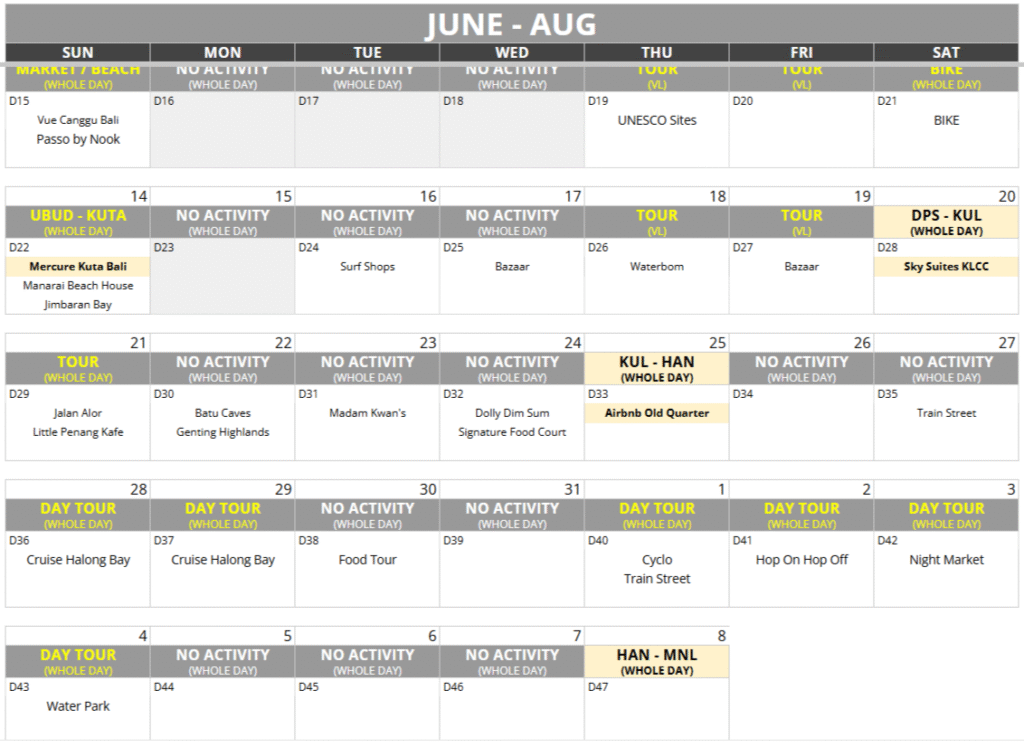
Book flights way ahead of time. We usually book flights months in advance (except for that one New Year’s trip to Taiwan that we booked just days before and ended up paying a small fortune). With six tickets to buy, last-minute fares are rarely an option. We always keep an eye out for seat sales.
But we’ve learned not to get too fixated on them. Sometimes, regular fares on other airlines turn out cheaper or have better flight times. I always use Google Flights to compare prices and schedules. One feature I love: you can track flights or travel dates and get email alerts when prices go up or down. Super helpful when you’re still finalizing plans but don’t want to miss a good deal. Minsan mapapa-book ka bigla if you see the prices go down!

Lock in accommodations early. We book our stays months ahead, especially when we’re traveling during peak seasons. We always start by deciding where we want to stay: near tourist spots, close to grocery stores or markets, walkable to restaurants, or in a central hub. Once we’ve narrowed that down, we can pick the best options for our family.
Early booking gives us better choices, sometimes even room to negotiate with hosts for lower rates or discounts on longer stays. We usually go for Airbnbs or family-friendly apartments with kitchens, laundry, and enough beds for all six of us. Bonus points if there’s a pool, like the one we had during our monthlong stay in Bali. Our kids loved it! Not a single day went by without a swim. Walang uuwing walang tan line! lol

Hunt for promos and discounts. From airline apps to hotel booking sites and Facebook travel groups, we’re always on the lookout for deals. I sign up for newsletters, follow airline pages, and even set alerts so I’m first to know when fares drop or promo codes pop up. Every peso counts when you’re planning long-term travel for a family of six.
We also take advantage of credit card perks (hello, Kaskasan Buddies hahaha), like travel insurance, cashback, or exclusive discounts on flights and accommodations. And when something’s on promo, we check the fine print and compare prices to make sure it’s actually a good deal (not just clever marketing!). Budgeting is key, but smart timing and a little research go a long way.

Eat smart: we cook, we plan, we don’t wing it. Eating out every day adds up fast, not just in cost but also in energy, and that’s why we stay in places with kitchens. On days when we don’t have tours or activities planned, we cook simple meals at “home.” Not only does this help us stick to our budget, it also gives us a sense of routine. Something I’m sure the kids appreciate when we’re away for weeks.
When we do eat out, we don’t leave it to chance. I religiously research restaurants in advance, read reviews, check locations, and browse menus online. We usually know exactly where we’re going, whether it’s a must-try local favorite or a hidden gem recommended by other travelers. This way, we avoid overpriced tourist traps, eat more intentionally, and save time! No wandering around wondering where to eat, which is never ideal with hungry kids in tow.
Food is a big part of travel for us, but it doesn’t have to break the bank or break us.

Plan just enough but stay flexible. We do our research and build a rough itinerary, but we always leave space for rest and spontaneity. Some of our favorite memories come from slow days, random detours, or just doing nothing together.
We’ve also learned to add buffer days; they’re essential when traveling with kids. They get tired easily, and sometimes they get sick as well. It happened to us in Hanoi. While the rest of our group enjoyed the Halong Bay cruise, Indra and I stayed behind in our cabin because she had a high fever. We ended up in the hospital as soon as we got back to the city. That experience reminded us that downtime isn’t optional; that it’s part of what makes long-term travel sustainable and family-friendly.
Prioritize what matters. We’re not rich. Marunong lang kaming mag-budget and choose where our money goes. We cut back on other expenses because traveling with our kids, especially during their formative years, is non-negotiable for us.
Long-term travel with kids doesn’t have to be a “sana all” kind of dream. With a bit of creativity, a lot of planning, and the right mindset, it’s possible. Of course, it’s not always smooth sailing. There are tantrums, delays, and days when everything seems to fall apart. May mga iyakan, and those “can we just go home?” moments. But for every meltdown, there’s a magic moment. For every glass shattered by tiny feet running wild, there’s a laugh shared. And, yes, a hotel bill we’ve paid more than once. Three kids, three broken glasses. We’re on a roll. True story.
In the end, that’s what we’re really chasing. Not just new places, but kulitan, connection, and the kind of stories they’ll retell long after they’ve outgrown their tiny backpacks. Not just check-ins and itineraries, but memories they’ll carry forever and ever. Amen. hahahaha
Thinking of trying long-term travel with your kids? We hope this guide provides a genuine, honest look into how we make it work: with love, flexibility, and one very detailed Google Sheet. Ask away in the comments, and we’re happy to share more!


